Welcome to our samurai FAQ! In this comprehensive guide, you will learn everything you need to know about the fascinating warriors from feudal Japan. From the beginnings of the samurai warrior to their role in modern society, a journey through the history of Japan awaits you. Discover the mystique of the legendary sword, the katana, and find out how the samurai defined their lives and art of war. Let yourself be inspired by quotes and join us on a voyage of discovery through the world of the samurai.
“A samurai is not just a warrior, but also a philosopher, an artist, and a teacher. They were Japan’s elite warriors and represented the ultimate union of body, mind, and soul.”
Samurai FAQ
A samurai was a member of the warrior elite class in feudal Japan, safeguarding the empire and noble families. Samurai adhered to a strict moral and ethical code called “Bushido,” and were both capable warriors and profound philosophers. The samurai culture and tradition have had a profound impact on Japanese society and culture, remaining a part of Japan’s history and identity to this day.
One of the most famous quotes about the samurai is:
“A samurai without a sword is like a bird without wings.”
This quote emphasizes the significance of the katana for the samurai and its role in feudal Japan. As fighters and warriors, the samurai were known for their honorable stance, loyalty, and swordsmanship skills.
KATANZO offers you the chance to experience a piece of this captivating history and culture with a high-quality samurai sword, be it a Katana, Wakizashi, or Tanto.
Bushido is a Japanese concept that describes the moral and ethical principles followed by the samurai. It derives from the term “Bu” (war) and “Shi” (society) and can be translated as “Way of the Warrior”. Bushido emphasizes values such as courage, honor, duty, loyalty, humility, and self-discipline. These values shaped the samurai culture and dictated the samurai’s behavior in both private and public life. To this day, Bushido remains a symbol of Japanese culture and tradition.
“Bushido is not just a code, but a way of life. It’s not about following rules, but about shaping one’s own soul.”
– Daidoji Yuzan
With the Meiji Restoration in the 19th century, when Japan was transformed from a feudal system to a modern nation, the warrior caste system was abolished, and the samurai lost their political power and privileged positions in society. Many samurai transformed into bureaucrats, businessmen, or military officers, embarking on a new life. Others found their new calling in the arts or in teaching kendo or other Japanese martial arts. Although the samurai system no longer exists, it has had a profound influence on Japanese culture and remains an important part of Japanese history and identity.
A samurai was characterized by their bravery, loyalty, commitment, and honor. Samurais followed the Bushido code, which defined the moral and ethical principles of the warrior class. They were also celebrated for their unmatched expertise in swordsmanship, with the katana as their symbol.
“A samurai is someone who is willing to give their life for a cause greater than themselves.”
– Masashi Kishimoto
If you’re looking for an authentic katana to enhance your collection or to use as a tool for martial arts, make sure to check out our Online Shop for Japanese Swords. KATANZO specializes in katana and has over two decades of experience in traditional Japanese craftsmanship. We offer a vast selection of Katana, Wakizashi, and Tanto, along with the opportunity to create a Customized Katana tailored to your specifications.
To become a samurai, it was necessary to be born into a noble family or be selected by a ruler. Generally, children from noble families were trained as samurai from a young age and introduced to the martial arts and weapon handling. Comprehensive instruction in swordsmanship, particularly with the katana, was a crucial part of this training.
“The training of a samurai is a combination of physical training, mental maturity, and moral integrity. It’s not just about being a strong warrior but also about the ability to make the right decisions and lead one’s own life and the lives of others with honor and integrity.”
In traditional Japanese blacksmithing, the katana held great importance as both a weapon and a symbol of the samurai. At KATANZO®, you can explore the traditional art and history of samurai swords and even design your own Custom Katana.
Samurai typically carried two main weapons: a longsword called Katana and a shortsword known as Wakizashi or Tanto. The katana was the primary sword of the samurai, usually wielded with both hands, while wakizashi or tanto served as a backup weapon and for self-defense when necessary. Samurai placed great emphasis on the craftsmanship of their swords, and it was a symbol of their martial prowess and rank within the samurai caste.
A samurai sword is not just a weapon but a symbol of courage, honor, and bravery.
If you’re in search of high-quality Japanese swords, why not visit our online shop. We specialize in Japanese swords and offer a wide range of katana, wakizashi, and tanto for beginners, enthusiasts, and collectors. Furthermore, with our Katana Customizer, you can configurate your very own samurai sword according to your preferences and have it crafted by experienced blacksmiths.
One of the most famous samurai was Miyamoto Musashi, a legendary swordsman and philosopher who is regarded as one of the greatest warriors in Japanese history. He is considered the last and finest kensei (master of swordsmanship) and had a remarkable series of battles in which he was never defeated. Miyamoto Musashi also authored the book “Go Rin no Sho” (The Book of Five Rings), a masterpiece of strategy that is still used today as a guide for leaders and warriors.
“The one who masters the art of the sword knows the way of life and the way of death.”
– Miyamoto Musashi, the most famous samurai and master of the two swords.
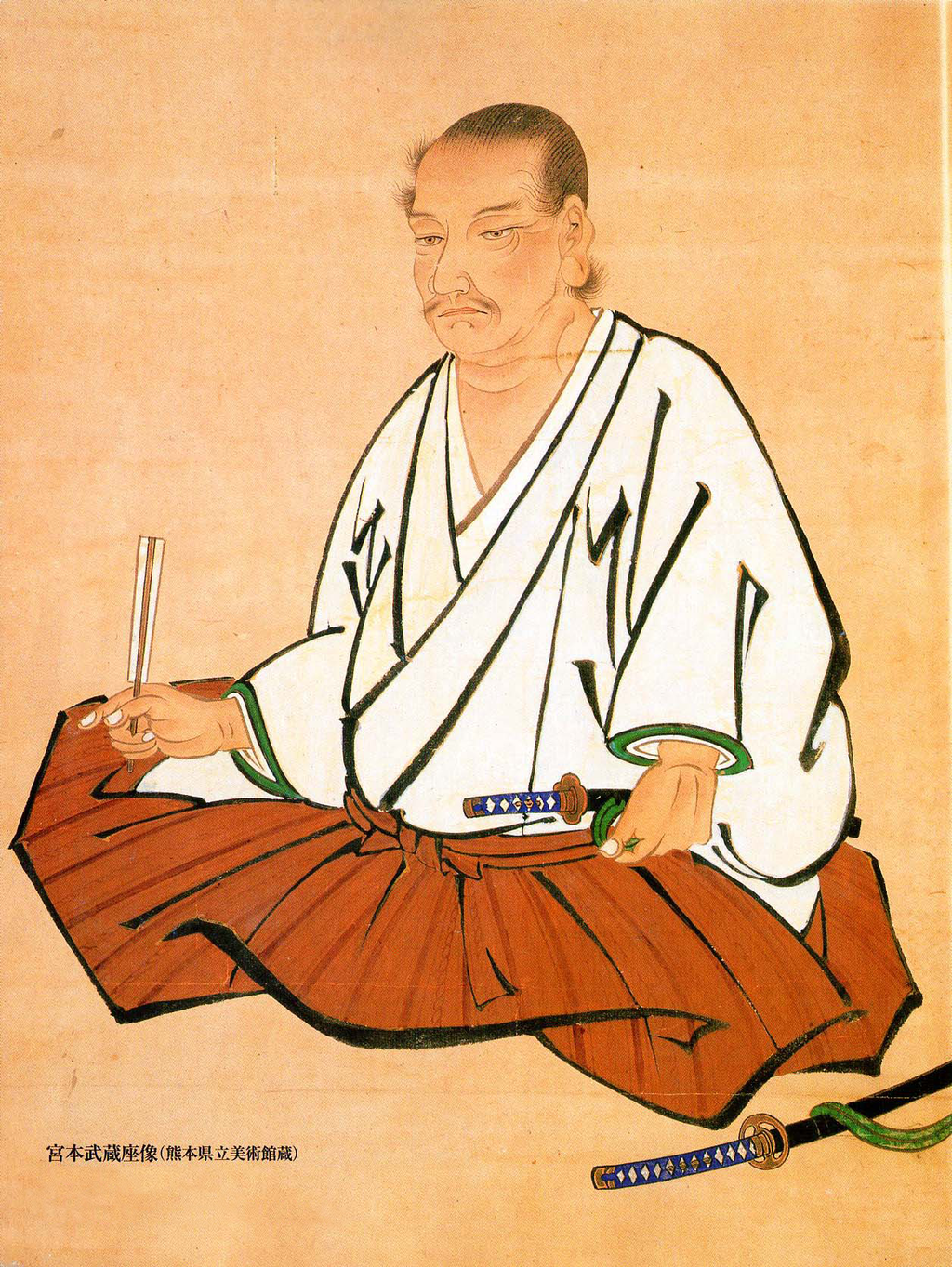
Most samurai were followers of Shintō, a Japanese religious tradition rooted in animistic and mythological beliefs. Some samurai also adhered to Buddhism and Confucianism, both of which were imported from China and widely practiced in Japan during the feudal era. There were also a few samurai who were Christians. The samurai did not see their religion as conflicting with their warrior role; instead, they used it as spiritual support for their lives and decisions.
“Shinto, the Japanese religion that reveres nature and ancestors, was deeply ingrained in the culture and daily life of the samurai. It served as a source of comfort and strength, aiding them in fulfilling their duties and upholding their honor.”
No, it’s unfair to label the samurai as “evil”. The samurai were warriors who lived in a specific time and culture, fulfilling a particular role. Like any group, there were both good and bad individuals among them, but it’s inappropriate to condemn an entire group based on the actions of a few. It’s important to understand the samurai within their historical context and acknowledge their role in Japanese history.
Yes, there were also female samurai, although they were rare and typically held subordinate roles compared to male samurai. Some famous female samurai who stood out for their bravery and loyalty include Tomoe Gozen and Nakano Takeko.
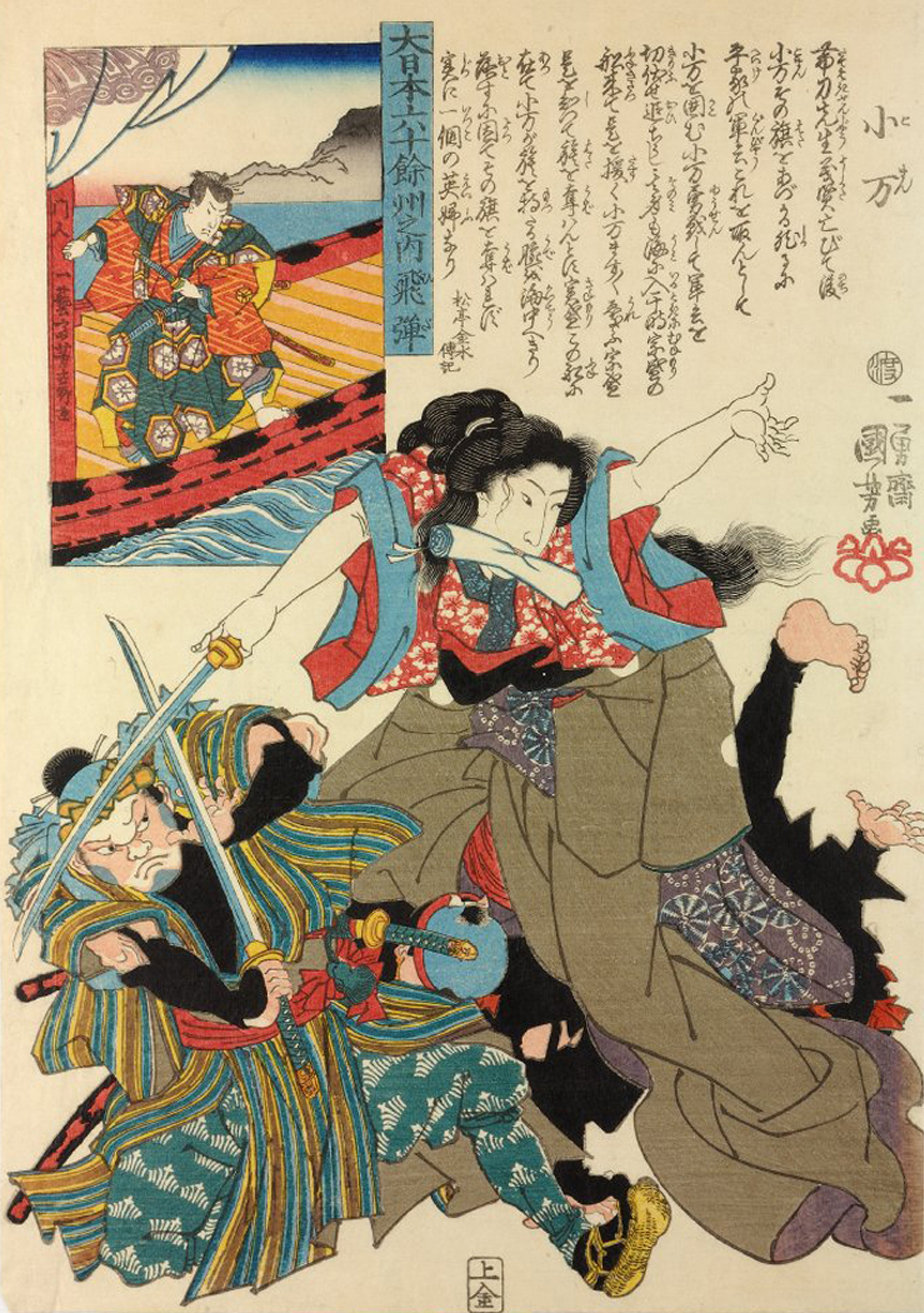
If you’re looking for a high-quality katana crafted by experienced smiths using traditional methods, you should check out what KATANZO has to offer. Our online shop provides a wide range of Japanese Katana for Beginners, Premium Katana, and High-End Katana.
It wasn’t common for samurai to wear masks, but there are a few reports of female samurai who wore masks to conceal their identities when participating in battles and fights. Other samurai wore masks to protect themselves from the sun or to shield their faces from dust and dirt. Some samurai may have also worn masks to impress their opponents and instill fear in them.
The samurai primarily practiced Kendo, Kenjutsu, and Iaido, the Japanese arts of swordsmanship. Kendo refers to modern competitive fencing with protective gear, Kenjutsu to the traditional art of sword fighting, and Iaido to the art of drawing and defeating an opponent with the sword in a single, swift motion. The samurai also practiced Jujitsu, the Japanese art of self-defense, and Bojutsu, the art of staff fighting. All of these martial arts were integral to a samurai’s way of life, seen as a means of self-improvement and defending their feudal lords.
“The body is like a sword. If the sword becomes rusty, it cannot cut effectively. Therefore, the body must be maintained to be effective in combat.”
– Miyamoto Musashi, the most famous samurai of all time and master of various martial arts.
It is also worth mentioning that KATANZO offers a wide range of Training Katana and practice weapons for Kendo, Kenjutsu, and other Japanese martial arts to preserve and continue the tradition and art of samurai swordsmanship.
The samurai primarily learned their martial arts through rigorous, intense training and constant practice. They trained to improve their skills with various weapons such as the katana, wakizashi, or tanto. Many samurai dedicated their entire lives to perfecting their sword fighting and other martial arts skills. They also trained mentally and physically to enhance their strength and concentration.
Some samurai began their training under masters and then passed on their skills, while others trained in schools specifically established for samurai training. These schools taught the traditional Japanese sword fighting system, Kendo, and emphasized honor, discipline, and combat strategy.
An essential part of samurai training was also warfare training, where samurai learned how to apply military strategies and tactics and how to react in challenging situations.
“Train your mind as you train your body, because your mind is your weapon.”
– Miyamoto Musashi
If you’re into samurai culture and tradition, you can check out KATANZO for Japanese Swords and accessories to create your own samurai experience. Our swords are handcrafted by experienced smiths with over 20 years of experience in traditional Japanese blacksmithing.
The enemies of the samurai were mainly other warrior classes, such as the peasants or warriors of the feudal system. There were also conflicts and battles between different clans and regions, where the samurai were used as fighters. During the Edo period in Japan, there were also conflicts between the government and rebellions, where the samurai were deployed on both sides.
The samurai’s armor is called “Yoroi”. The yoroi consisted of several parts such as a helmet, a chest plate, shoulder guards, and a type of trousers fastened with leather straps and brass rivets. The yoroi protected the samurai from injuries during combat and displayed their rank and status within society. Some yoroi were highly ornate and valuable, serving not only as practical protection but also as a symbol of the owner.
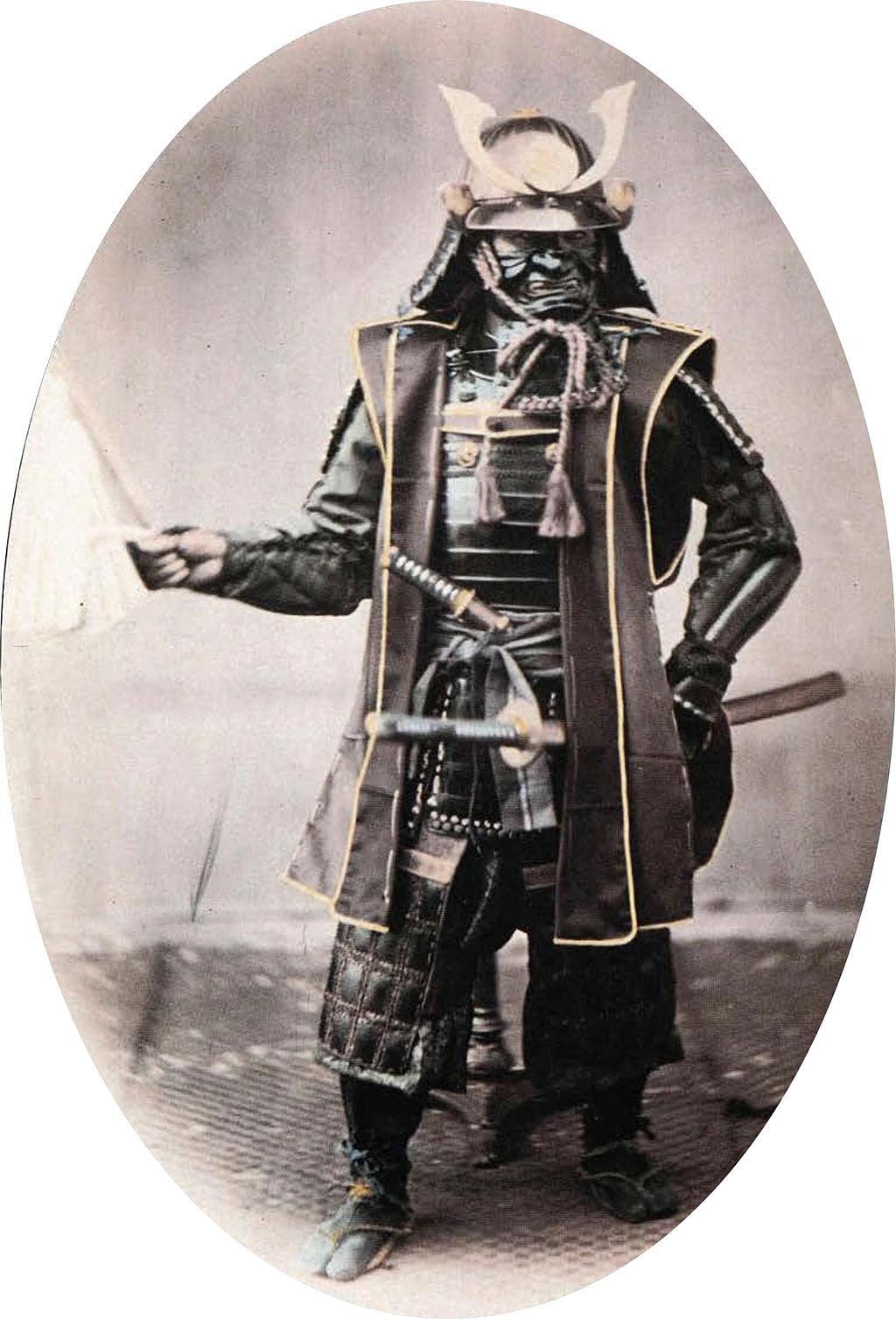
The samurai used their swords (katana) as their primary weapon in wars and in daily life. In wars, they were used for close combat and defense, while in daily life, they served as a symbol of the wearer’s rank and status. The samurai followed strict ethics in the use of their swords and used them only in emergencies and in accordance with the rules of Bushido.
“The katana is not just a weapon; it is an extension of the body and an embodiment of the spirit.”
If you want to learn more about katana, we recommend visiting our Online Shop for Japanese Swords. Here, you will find a wide selection of authentic Japanese swords suitable for training and use in various traditional Japanese martial arts.
A “Ronin” is a former samurai without a lord or master. The word “Ronin” comes from Japanese and means “masterless”. Originally, it referred to samurai who had lost their lord, for example, due to the lord’s death or bankruptcy. These samurai were often forced to pledge loyalty to another lord or work as independent samurai. In Japanese culture, ronin are often seen as a symbol of the loyalty and integrity of samurai who are willing to continue their path even without a lord.
“A ronin is a samurai without a master, but their soul remains a samurai forever.”
More intriguing questions and answers about “Katana” can be discovered in our Katana FAQ. Additionally, answers to questions about the ordering process, shipping, and other general inquiries can be found in our FAQ.








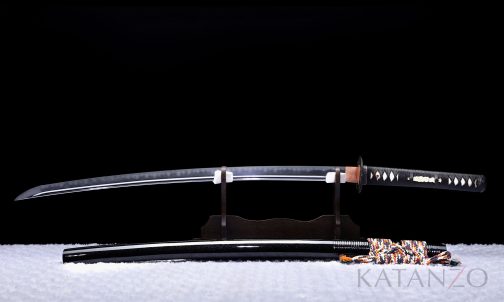

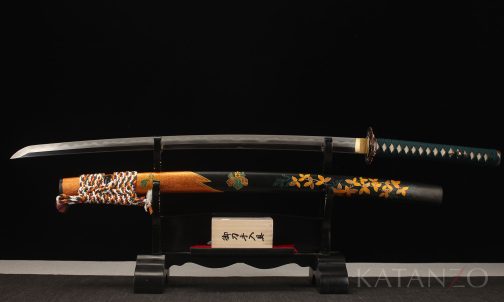
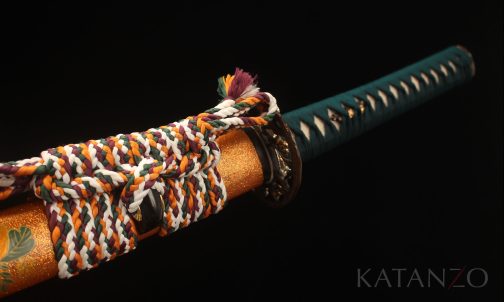
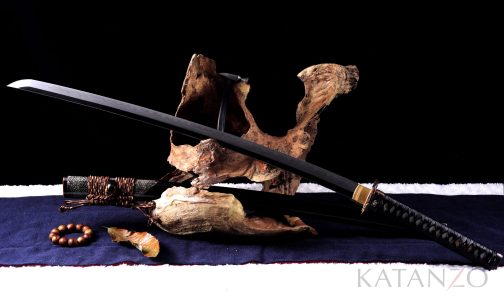
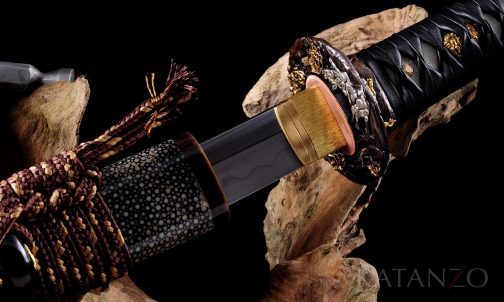



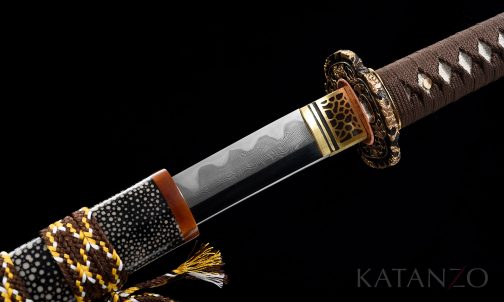
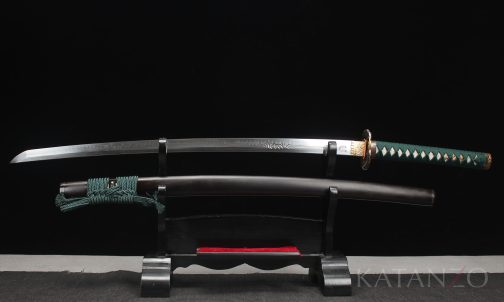
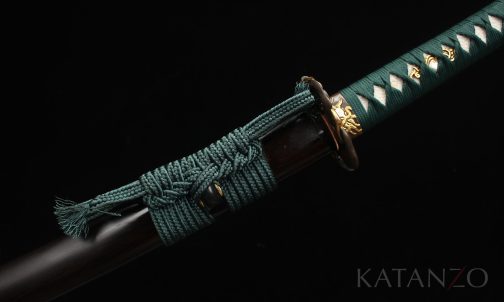
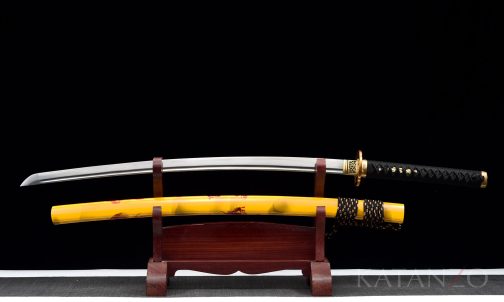
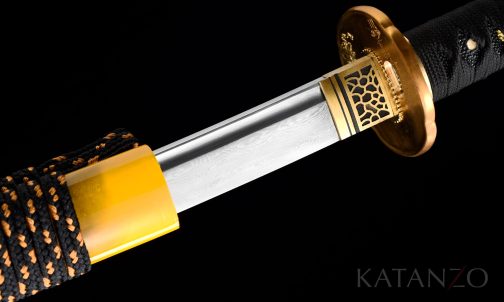
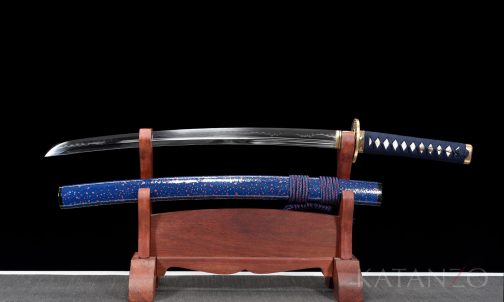
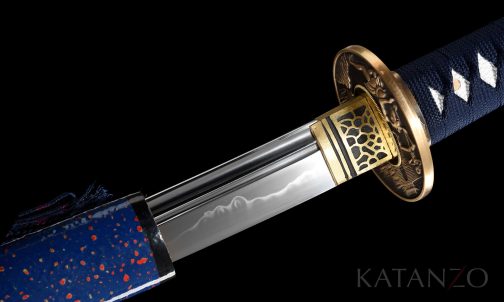

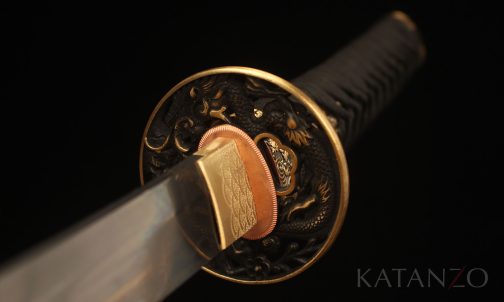
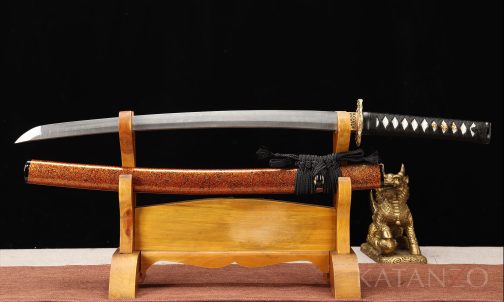
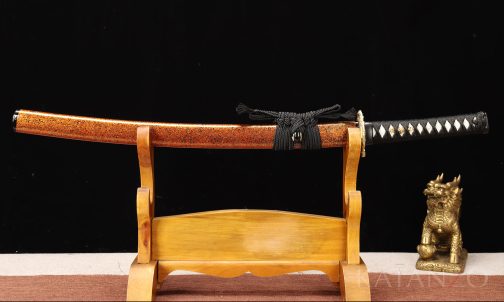
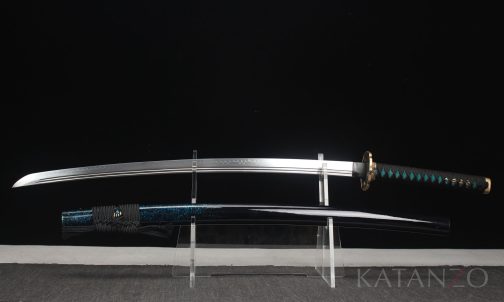
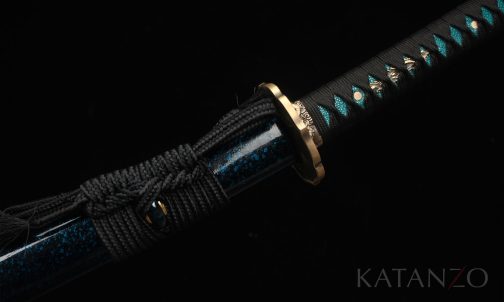

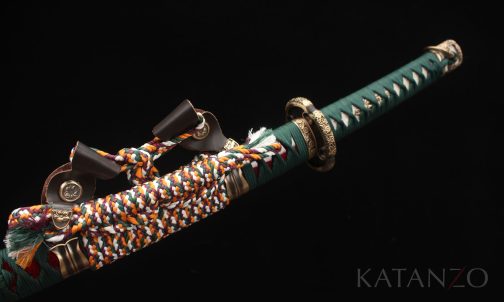

Katana from our shop:
Katana “Doragon no Hi”
Katana “Kogane no Doragon”
Katana “Mitsuri”
Katana “Roiyaru Tonbo”